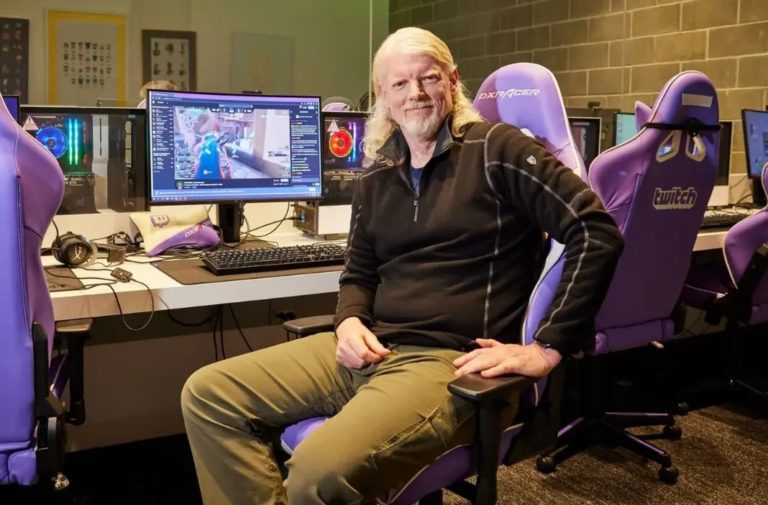The livestreaming industry has been in a state of constant evolution, with Twitch long serving as the...
Day: February 5, 2025
On February 4, 2025, Capcom held a highly anticipated event featuring two back-to-back showcases: the Capcom Spotlight...



